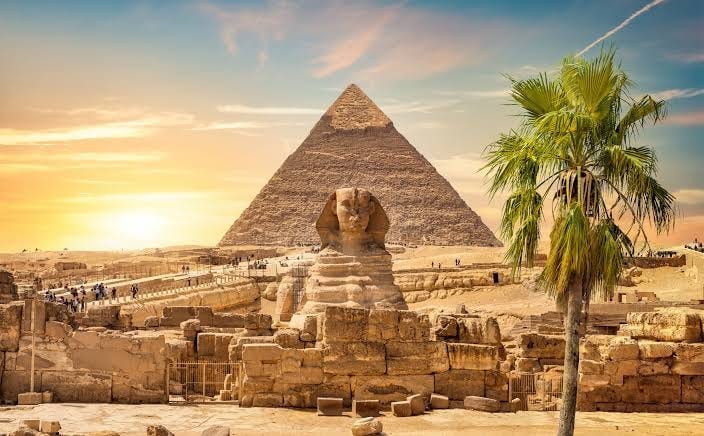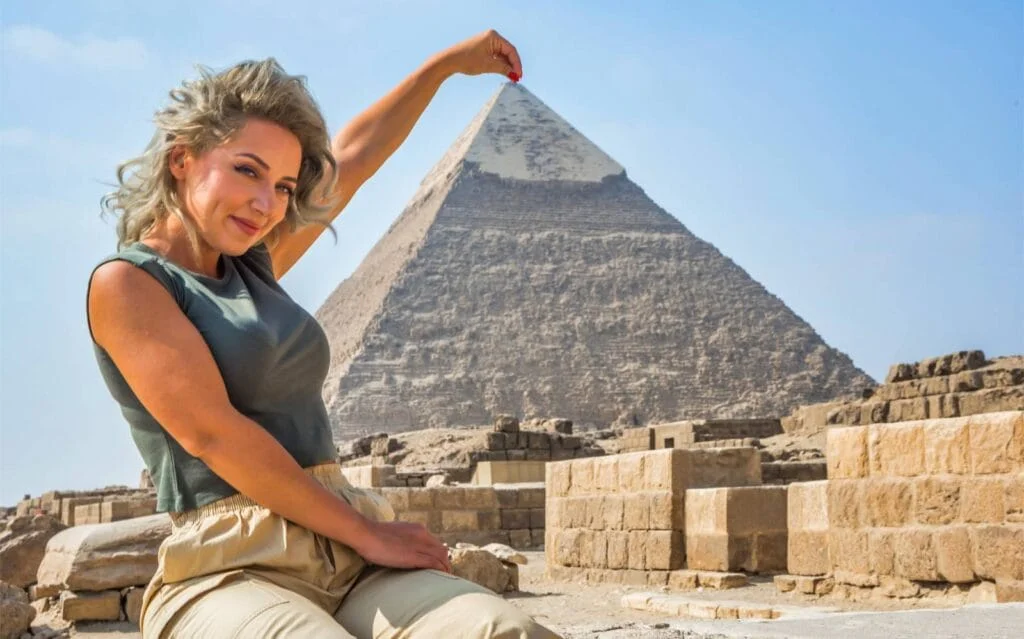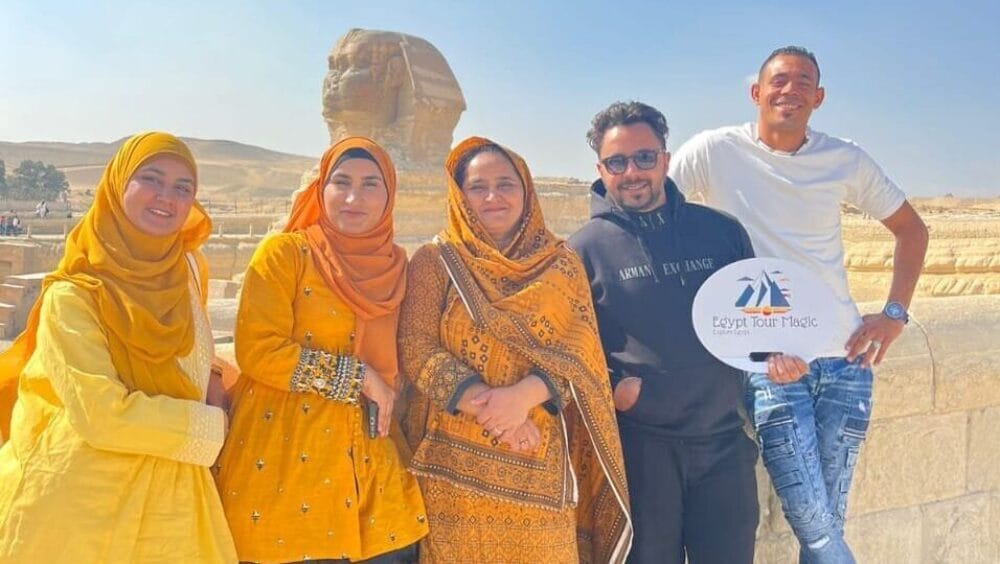The Pyramids of Giza are the ultimate symbol of ancient Egypt, representing centuries of history, culture, and incredible architectural achievement. As one of the Seven Wonders of the Ancient World, these structures never fail to leave visitors in awe. The first thing you’ll experience is the overwhelming scale of the pyramids. The Great Pyramid of Giza, the largest of the three, stands over 450 feet tall and was originally covered with smooth white limestone. Though much of the casing has eroded over time, the pyramid’s massive size remains a testament to the grandeur of ancient Egyptian engineering. Standing at the base of these structures, it’s hard not to feel a sense of reverence for the thousands of workers who built them using techniques that were ahead of their time. The Pyramids of Giza—which include the Pyramid of Khufu, the Pyramid of Khafre, and the Pyramid of Menkaure—are all distinct but equally awe-inspiring. Visitors are often taken aback by how these ancient wonders have stood the test of time, with their vast scale being one of the most impressive aspects of the site. Walking around these structures is an experience that is hard to put into words, and it’s one that is sure to stay with you long after your visit.
Visiting the Pyramids of Giza is a bucket-list experience for any traveler to Egypt. By preparing for the crowds, dressing appropriately, and being respectful of the local culture, you’ll be able to fully appreciate the wonder and mystery of these ancient monuments. Whether you're marveling at the scale of the pyramids, riding a camel through the desert, or capturing the perfect photo, your visit to the Pyramids of Giza will be an experience you’ll cherish for a lifetime.










